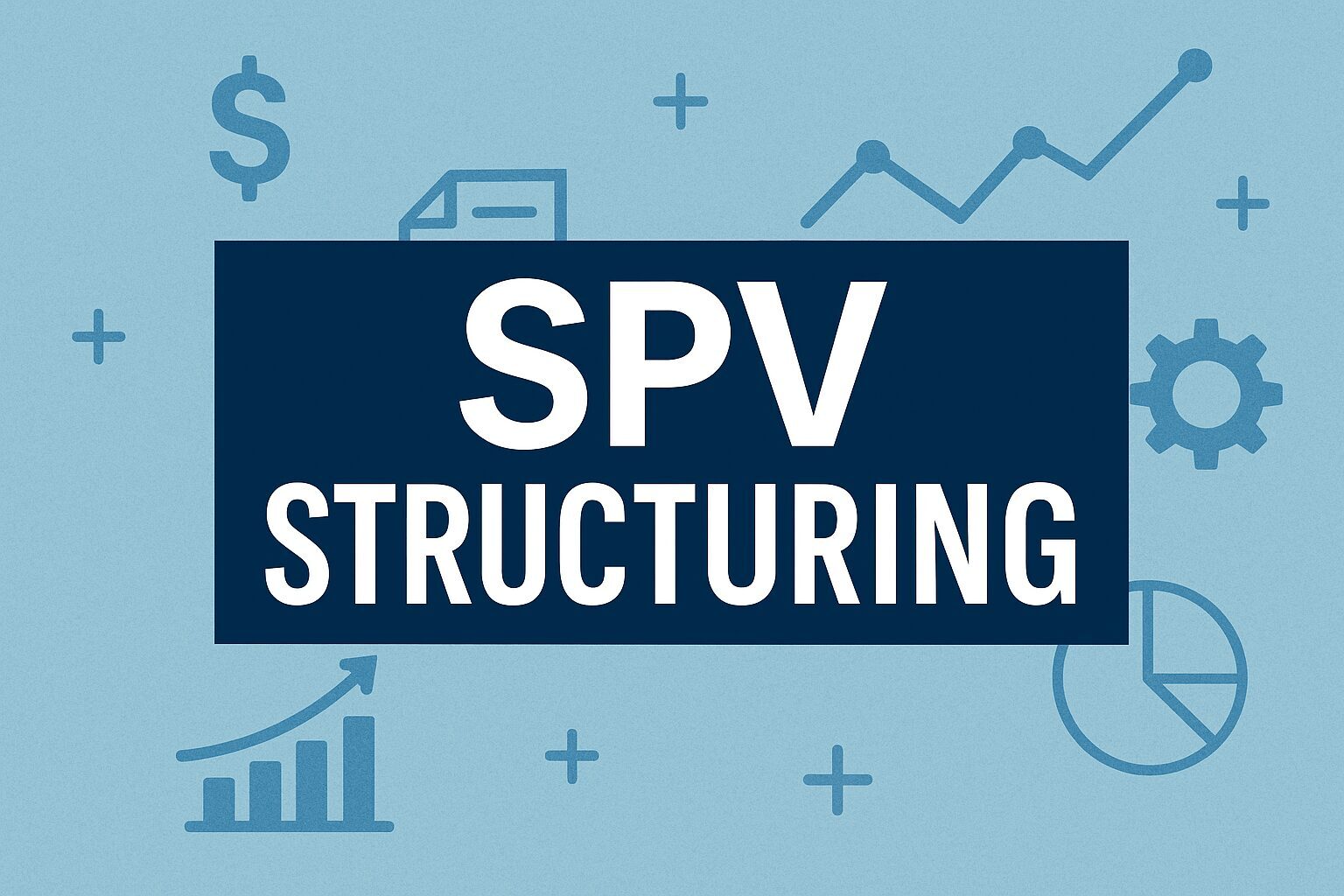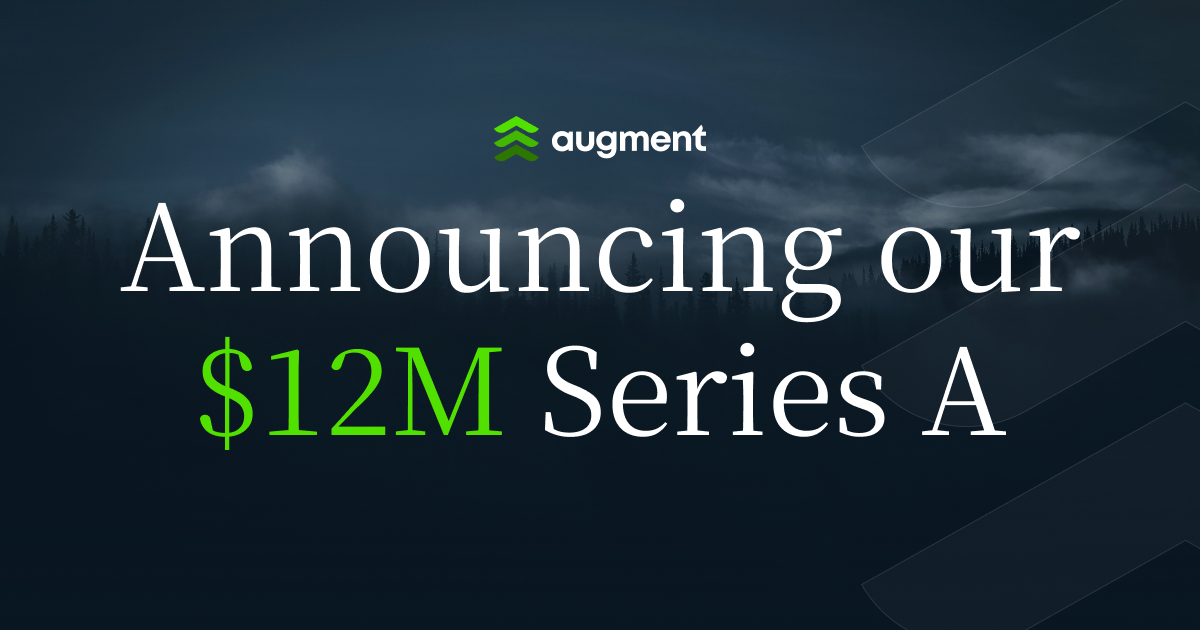Private markets are in flux. For years, Special Purpose Vehicles (SPVs) have been one of the most common ways for investors to gain access to high-growth private companies that were otherwise closed off. But recent headlines, particularly Anthropic’s scrutiny of SPVs and OpenAI’s warnings against unauthorized equity structures, have raised an important question: what happens to your SPV investment when a company finally goes public?
This post breaks down how SPVs work, why a few issuers are claiming to tighten their grip, what it means for investors in the secondary market, and why restricting SPVs is ultimately a step in the wrong direction.
What is an SPV?
A Special Purpose Vehicle is a legal entity, usually an LLC, set up to pool capital from multiple investors into a single investment. Instead of a startup adding dozens of individuals to its cap table, the SPV appears as one line item, with a lead manager overseeing the vehicle.
SPVs are popular because they:
- Allow smaller investors to participate in late-stage or oversubscribed rounds
- Simplify administration for the company (one shareholder instead of many)
- Provide flexible exposure to hot pre-IPO names without committing to a traditional venture fund
In practice, SPVs have become one of the few mechanisms by which retail-adjacent accredited investors can access high-growth private companies before they hit the public markets.
So why have SPVs received some bad press? The structure itself isn’t the problem, it’s how some managers use it. A wave of first-time or opportunistic “SPV managers” has emerged, stacking on layers of fees and using opaque documents that make it hard for investors to know what they actually own. As Business Insider reported, fees on some AI-focused SPVs have reached as high as 16–20%, leaving investors with potentially only a fraction of the upside if the company succeeds.

What happens to an SPV at IPO?
- Share Conversion: When a company goes public, the shares held by the SPV typically convert into common stock, so investors maintain their exposure through the vehicle.
- Lockups: Like other early investors, SPVs are usually subject to a 180-day lockup before shares can be sold. This means liquidity may be delayed, but value is preserved during the transition to public markets.
- Distributions: Once shares can be sold, the SPV manager may either distribute cash from sales or transfer stock directly to investors (Cash vs. In-Kind distributions). The method depends on the SPV’s agreement and manager’s strategy.
Why this matters: SPVs allow investors to access IPO upside in companies that might otherwise be closed off. Even with lockups and manager discretion, SPVs remain a practical way for smaller investors to participate in late-stage growth and benefit when those companies enter the public markets.
Why it’s not a broad threat that Anthropic and OpenAI are tightening SPV rules
Recently, Anthropic required investors to disclose how they were funding their allocations and warned against unauthorized SPVs in an oversubscribed round. OpenAI has also reiterated that only transfers approved by the company will be recognized, a stance tied to governance and regulatory obligations.
These moves are less about attacking secondaries and more about:
- Oversubscription leverage. When demand outstrips supply by billions, companies can pick and choose their investors. That gives them the luxury of tightening participation rules.
- Compliance optics. With government contracts and heightened scrutiny, companies like OpenAI want full visibility into beneficial owners.
Importantly, neither company has issued a blanket ban. The issue is unauthorized, fee-heavy SPVs run by managers without proper oversight — not legitimate vehicles run transparently through regulated platforms.
Putting risk in perspective
The real risk isn’t the SPV itself, but whether investors know who manages it, what fees they are paying, and whether they actually own shares in the underlying company. Multi-layer SPVs with 2–3 levels of fees and unclear ownership chains can leave investors poorly exposed. On the other hand, well-structured SPVs run by established managers can be an efficient and aligned way to participate in the growth of leading private companies.
Most issuers welcome SPVs. Many high-growth companies continue to embrace SPVs or sponsor liquidity directly through tender offers. SpaceX, Stripe, OpenAI, and others have run recurring employee liquidity programs and company-approved secondaries, demonstrating that structured investor participation remains healthy across the ecosystem.
SPVs remain a democratizing tool. As Noel Moldvai, Augment’s CEO, put it:
“The ‘SPV warning’ from VCs isn’t about protecting you. In the 80s and 90s, companies like Microsoft and Amazon went public early. Everyday investors got real upside. Today, top companies stay private far longer. Are SPVs perfect? No. High fees, complex structures, real risks (all problems we’re actively mitigating at Augment), but they're often the only way that the average investor can access these companies. Until access broadens, SPVs remain better than not having the ability to invest in these companies.”
The takeaway: while a few elite issuers may flexing their leverage, the vast majority of late-stage companies still rely on SPVs and secondary markets as key liquidity channels. Restricting them more broadly could be a step in the wrong direction, reducing access, deepening wealth inequality, and slowing the natural growth of private market participation.
The broader implications for private markets
The SPV crackdown highlights deeper tensions in private markets:
- Access and Inequality: As Sydecar points out, when companies stay private for 10–13 years instead of 5–6, retail investors lose access to years of growth. Restricting SPVs only compounds wealth inequality by keeping ordinary accredited investors locked out.
- Secondary Liquidity: Secondary markets emerged to fill this gap, providing liquidity before IPO or M&A. Shutting out SPVs risks stifling one of the few access points available to smaller investors.
- Moral Dimension: Gatekeeping cap tables of America’s most innovative companies is not just a governance issue, it is a moral one. Economic growth should be shared more broadly, not hoarded by a handful of insiders.
Why restricting SPVs is the wrong move
Yes, SPVs can be messy and require real diligence before investing. But they remain one of the only pathways for smaller investors to access high-growth companies before potential IPO.
The alternative is worse: an entrenched system where billionaires and mega-funds capture nearly all the upside, while the broader market gets access only after valuations have risen.
When VCs warn, “friends don’t let friends buy SPVs,” what they really mean is: don’t compete with me for allocation.
What this means for SPV investors
If you already hold an SPV in a company heading toward IPO, your exposure will typically convert into public stock through automatic conversion, with liquidity available after lockups and resale conditions are met. At that point, your SPV manager may either sell and distribute cash or distribute stock directly, depending on the terms in your agreement.
Augment’s approach
At Augment, we believe restricting SPVs is a step in the wrong direction. SPVs can and should be run with transparency, fair pricing, and aligned incentives. That’s why we:
- Diligence every deal to ensure legitimate, authorized access to equity
- Typically charge 0/0 fees, avoiding the heavy fee stacks that give SPVs a bad reputation
- Operate as a registered broker-dealer (BD) and Alternative Trading System (ATS), providing regulatory oversight and execution integrity
We are building the financial rails for private markets: fast, transparent, and accessible trading infrastructure for pre-IPO shares.
Bottom line
For investors, the recent SPV threats by Anthropic and OpenAI are frustrating, but they are an exception. Most high-growth companies still welcome SPVs as a flexible, efficient way to raise capital and expand their investor base.
SPVs remain one of the few ways smaller investors can access the IPO upside of the world’s most important companies.
The future of private markets depends on broader participation, not narrower. At Augment, we are committed to keeping access open, fair, and transparent, because everyone should have a chance to own part of tomorrow’s most important companies.
Securities transactions are executed on Augment Capital, LLC's ATS and offered through Augment Capital, LLC (member FINRA/SIPC)
Important Disclosures: Investing in private securities involves substantial risk, including the potential loss of principal. Private securities are typically illiquid, have limited pricing transparency, and often require longer holding periods. These investments are available exclusively to qualified accredited investors and offer no guarantee of returns. Projections and forward-looking statements in this content are based on current market conditions and assumptions. Actual results may vary significantly and past performance does not indicate future outcomes. Views are those of the author.





